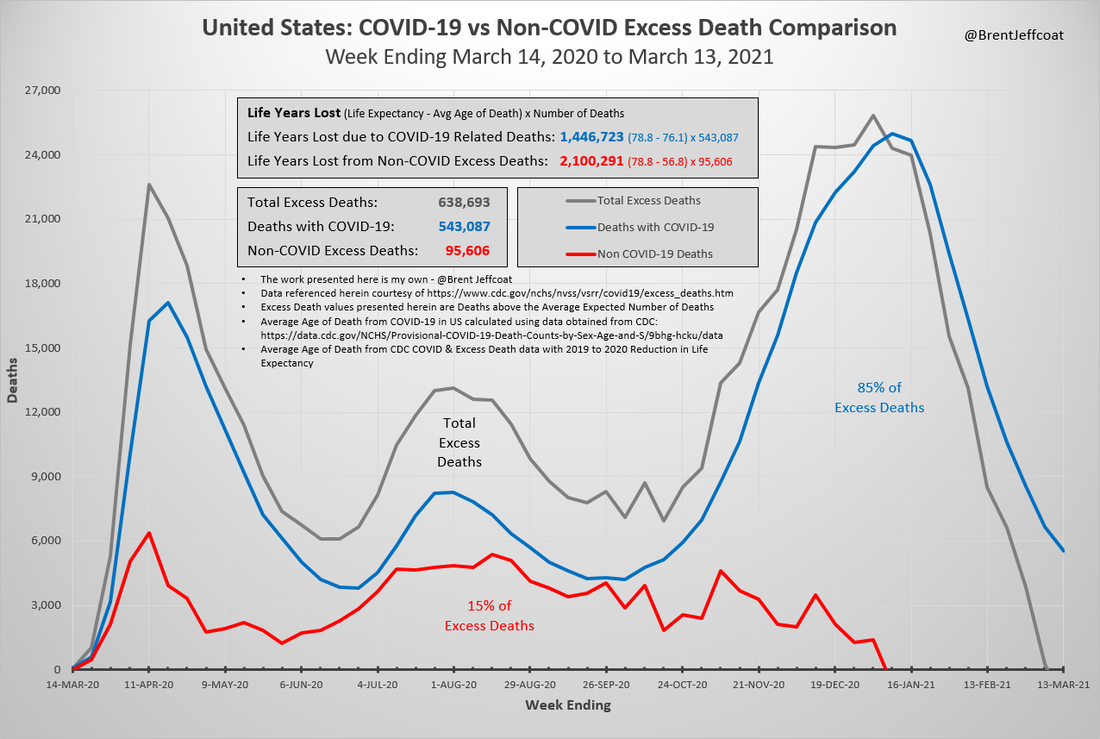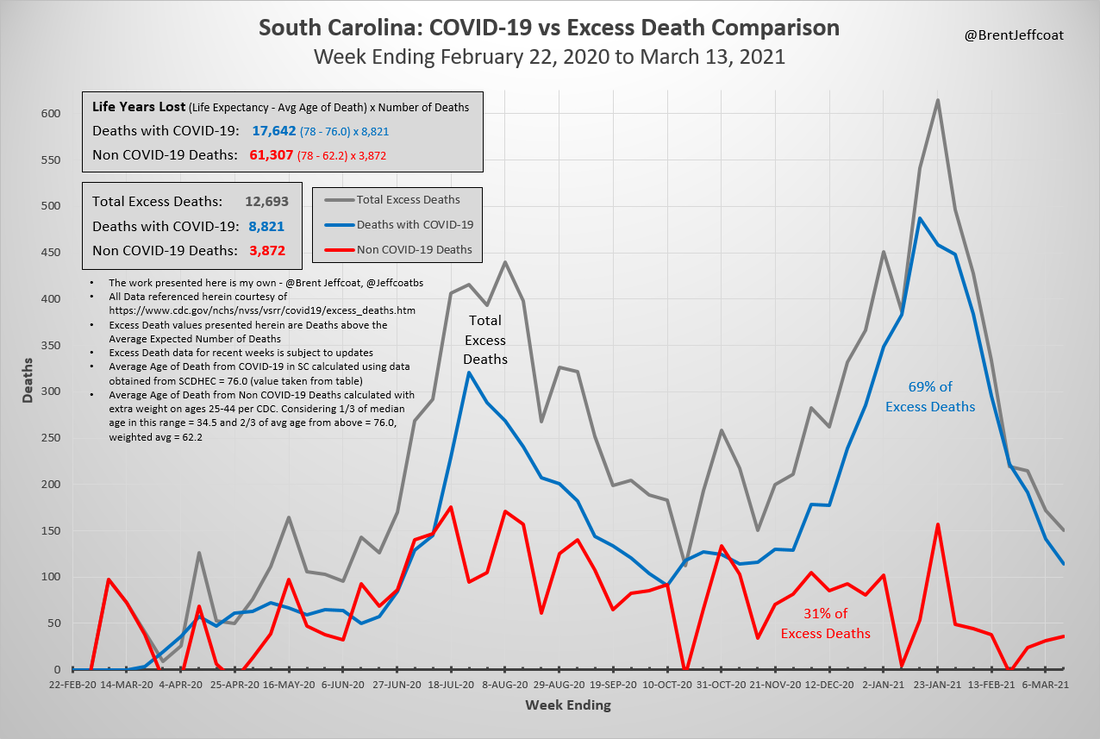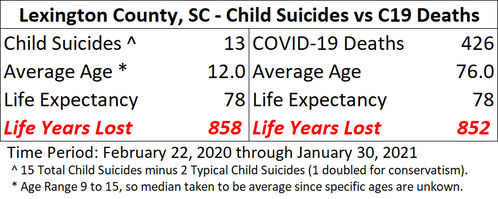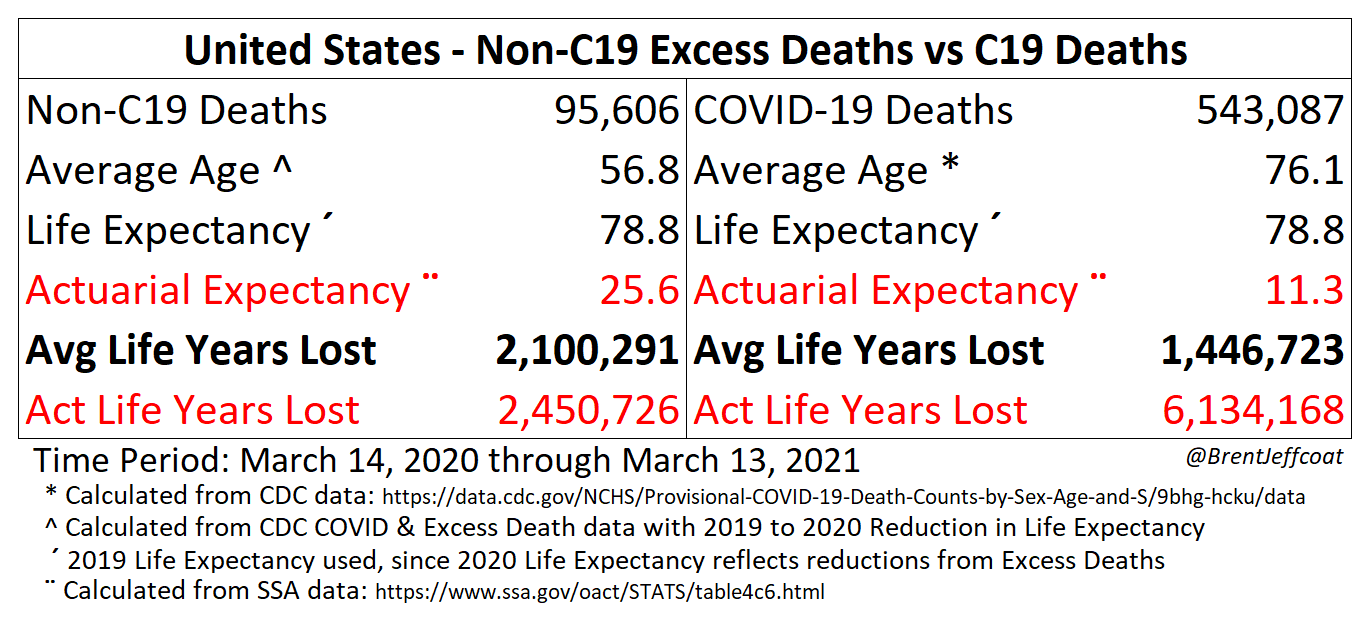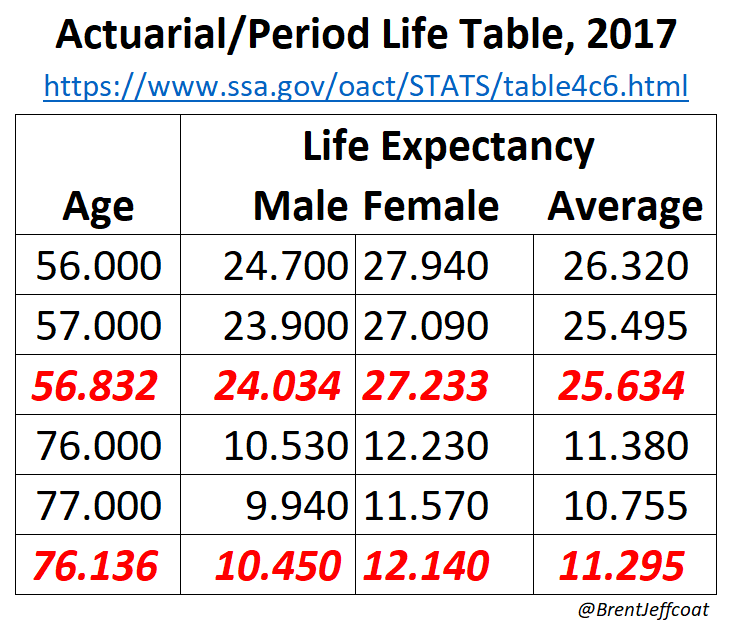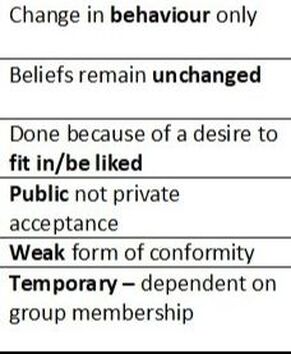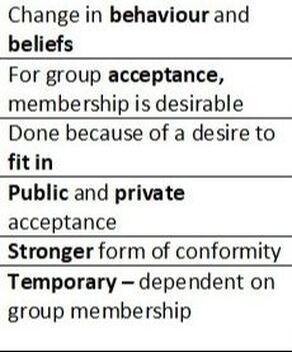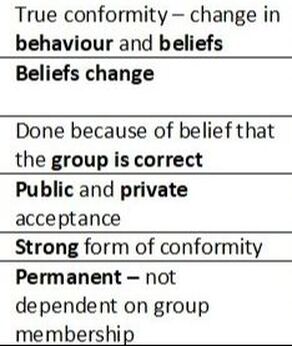.
Putting Our Critical Thinking Skills to Good Use
Some of our own informative and insightful research surrounding current key topics can be found below.
Putting Our Critical Thinking Skills to Good Use
Some of our own informative and insightful research surrounding current key topics can be found below.

